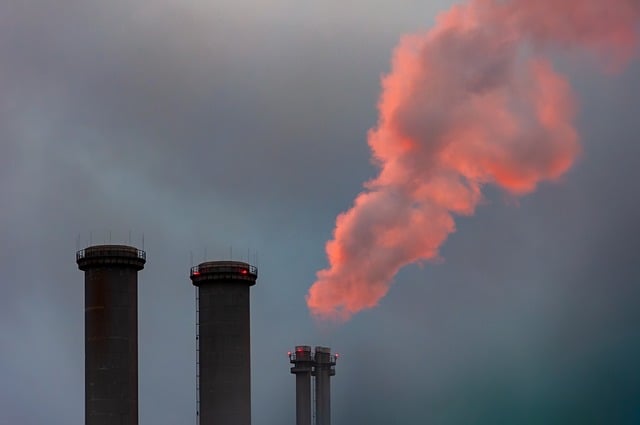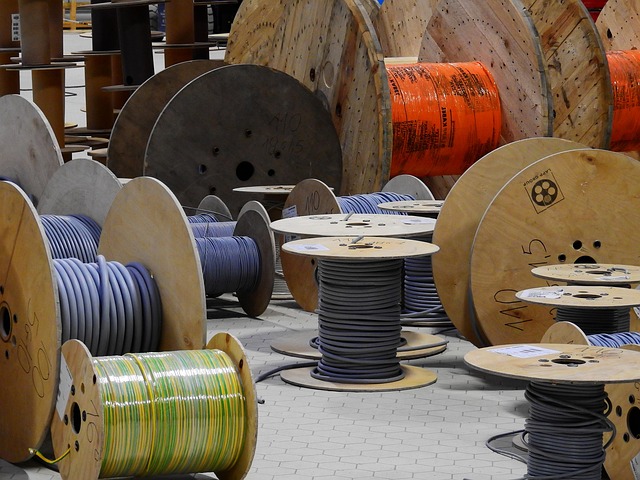As the world confronts mounting environmental challenges, the energy industry finds itself at a pivotal crossroads. Once a primary contributor to global carbon emissions, the sector is now embracing change, driven by the urgency of sustainable development and the innovative promise of green technologies.
Consumers, industries, and governments are beginning to align their aims—transitioning from fossil fuels to more responsible sources of power. This collective shift isn’t just about cleaner energy; it’s about safeguarding the future for generations to come.
Sustainable Development: The Foundation of Progress
Sustainable development is no longer a buzzword—it’s a necessity. Every move the energy industry makes today must align with long-term environmental and economic goals. By investing in renewables like solar, wind, and hydro power, companies are not only reducing their dependency on finite resources but also creating more resilient systems capable of supporting growing populations.
Projects rooted in sustainable practices don’t simply reduce harm—they actively contribute to environmental restoration. From reforestation initiatives tied to solar farms to offshore wind operations that provide new marine habitats, the synergy between technology and nature is redefining what responsible energy looks like.
Reducing Our Ecological Footprint
Every action taken by the energy industry has an impact, one that affects ecosystems, wildlife, and communities. As awareness spreads, industries are more focused than ever on minimizing their ecological footprint. This involves efficient land use for energy installations, reducing waste outputs, and restoring natural landscapes that have previously been degraded.
Even more promising is the strategic shift toward circular economy models, where waste is minimized and materials are reused within the lifecycle of energy production. These advancements underscore a deeper, values-driven commitment to balance human needs with planetary health.
The Rise of Green Technologies
At the heart of this transformation are green technologies—innovations that make clean, efficient energy generation a viable alternative. From smart grids that optimize power distribution to storage solutions like advanced lithium-ion and solid-state batteries, technology is laying the foundation for a greener grid.
Breakthroughs in hydrogen fuel, bioenergy, and carbon capture are also opening new doors. The energy industry is rapidly evolving into a space where renewables outpace fossil fuels—not just in efficiency, but in cost and accessibility too. These technologies aren’t just tools—they’re catalysts for a global change in how we live, work, and move.
Moving Toward Carbon Neutrality
Being carbon neutral means balancing the amount of carbon emitted with an equivalent amount sequestered or offset. For the energy industry, achieving this goal requires systemic change—from how energy is produced, stored, and consumed. Commitments from major producers to hit net-zero targets by 2050 or earlier show that the ambition is real.
Efforts to measure, verify, and reduce emissions across the supply chain are becoming standard practice. Whether through investment in renewable projects, participation in carbon offsetting programs, or transitioning internal operations to clean power, the steps toward neutrality are becoming clearer—and more urgent.




